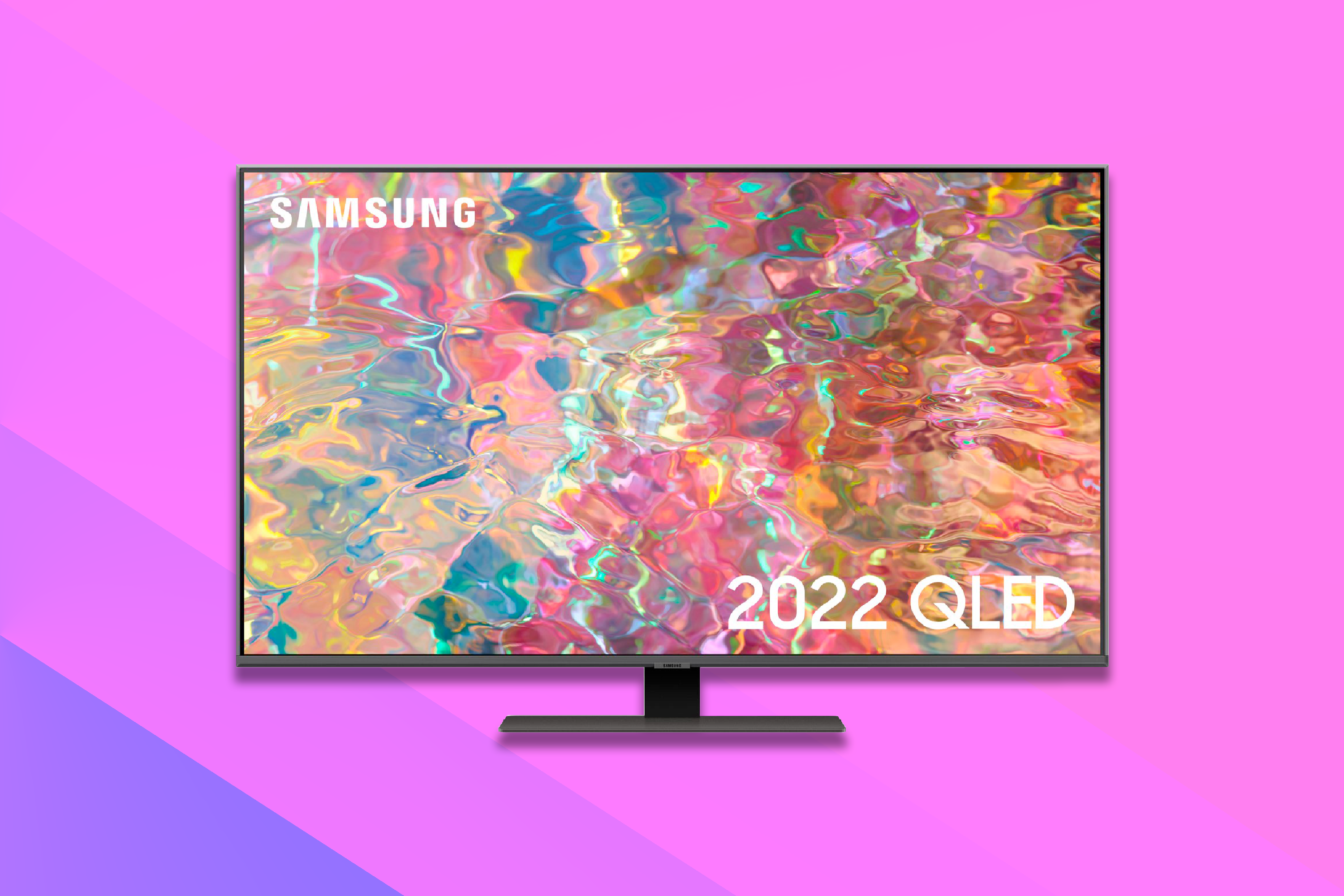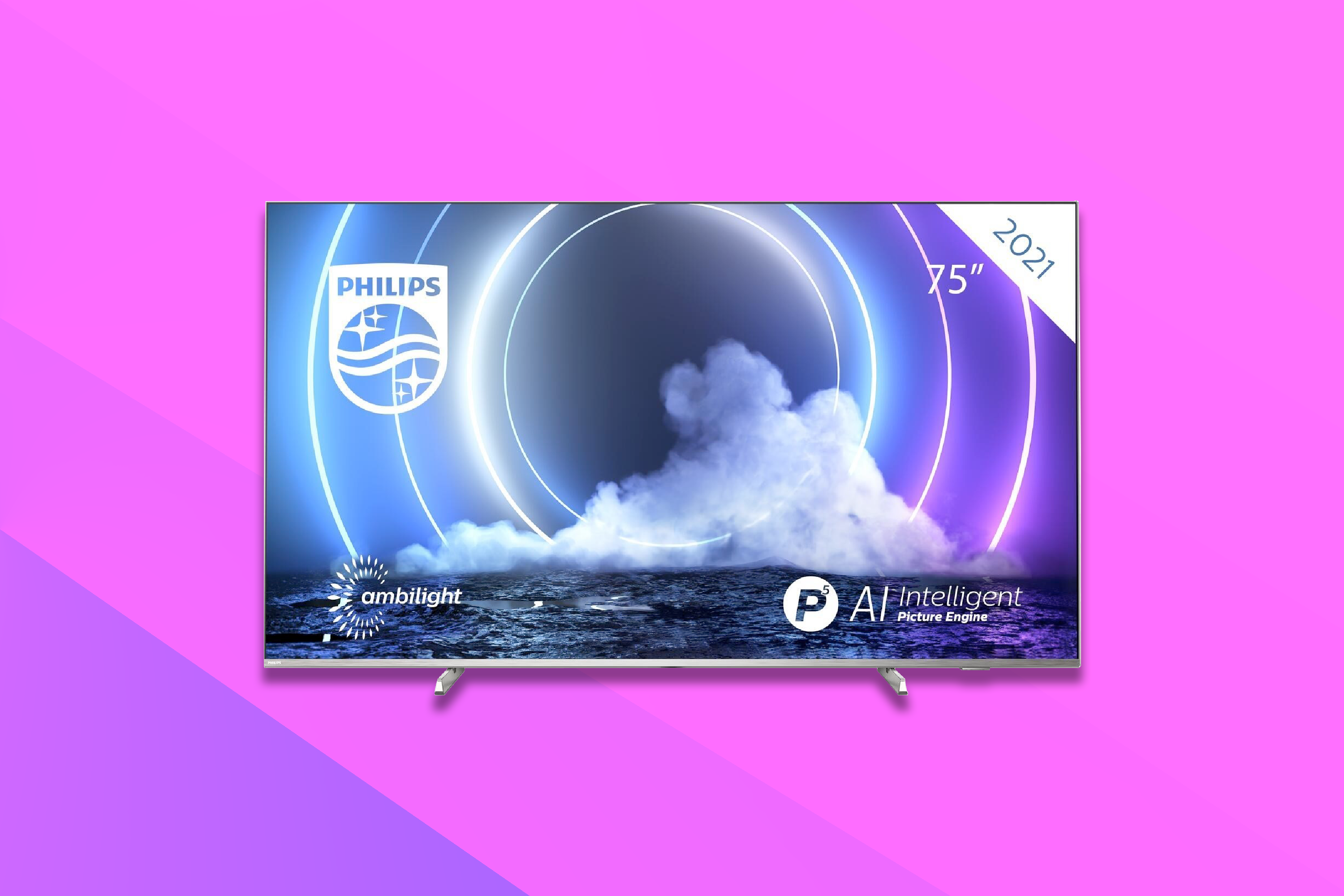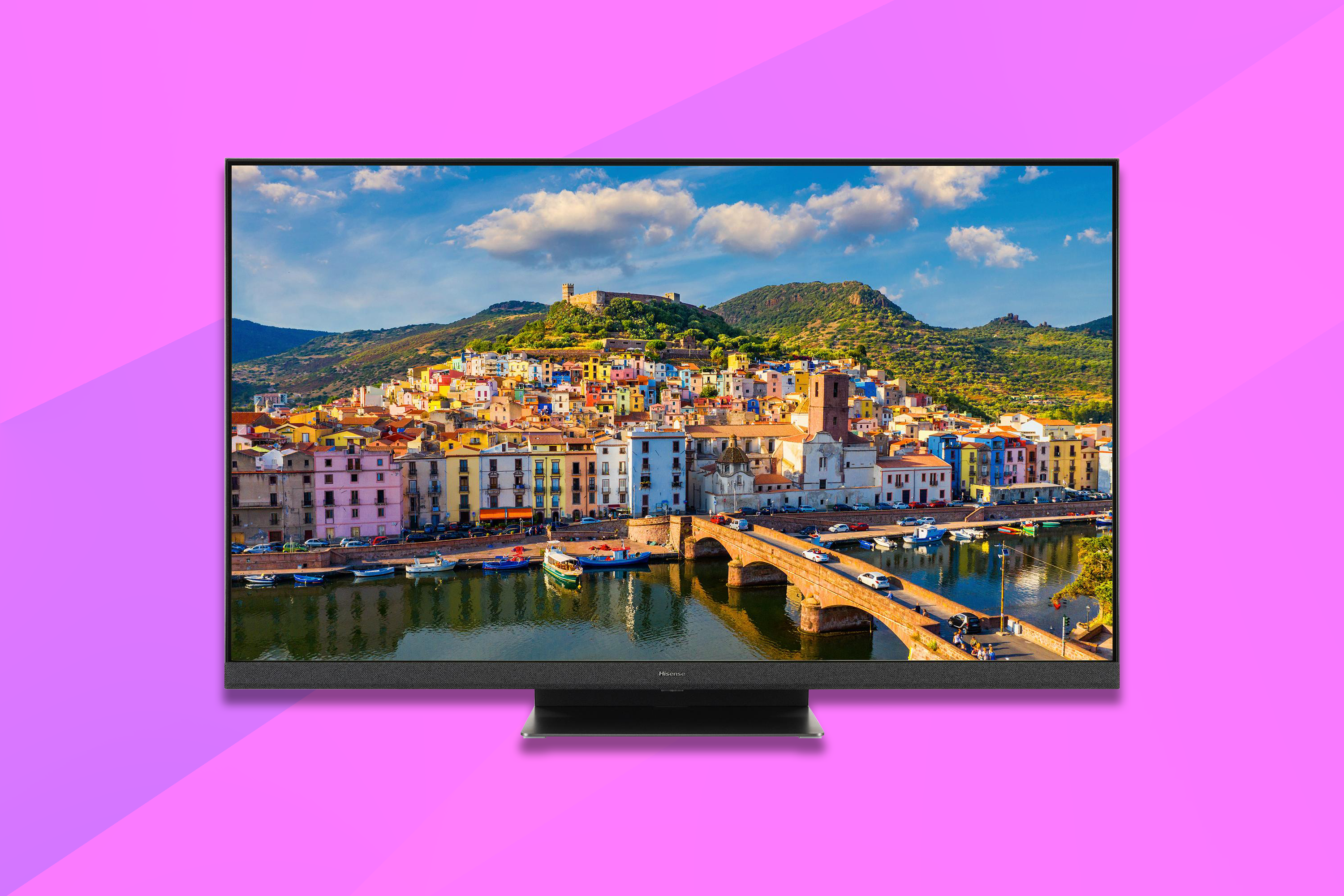Are you tired of not knowing what technology your TV runs on? With so many options like OLED, QLED, LED, it can be confusing. But there's a new player in town that's turning heads in the home entertainment space - mini-LED. This cutting-edge technology is revolutionizing TV displays and is set to replace traditional TV sets. If you're considering upgrading to mini-LED, here's what you need to know.
Read more: How Much Does Pool Light Replacement Cost?
Understanding Mini-LED

Mini-LED technology outperforms traditional LCD TVs in several ways. It offers deeper blacks, brighter whites, better contrast ratios, and wider color gamuts. This means that colors won't bleed into each other, providing a more vivid and immersive viewing experience. Additionally, mini-LED TVs are more energy-efficient and require less power to operate.
Read more: How to Wire a Solar Panel to an LED Light
How Does Mini-LED Work?
Mini-LED technology utilizes miniature LEDs to backlight LCD screens, resulting in exceptional precision and consistency. These miniature LEDs are much smaller than traditional ones, allowing for a higher packing density. This leads to several advantages for the display.
Deeper Colors, Brighter Lights
Mini-LEDs can generate richer blacks compared to conventional LCD displays. The smaller LED size enables more precise local dimming, allowing the backlight to be turned off in certain areas that should appear black. This creates a more realistic image. Moreover, mini-LED displays produce brighter whites, which is especially important for showcasing HDR content with a wide range of brightness levels.
Read more: How Many Christmas Lights Can I Plug Into A Circuit?
Better Contrast Ratios
Mini-LED displays offer superior contrast ratios, producing deeper blacks and brighter whites. Contrast ratio measures the difference between the lightest and darkest parts of an image, and a higher contrast ratio contributes to better overall image quality.
Wider Color Gamuts
Mini-LED displays outshine classic LCD displays when it comes to producing a wider range of colors. A wider color gamut results in more vivid and true-to-life images. In addition to their impressive display capabilities, mini-LED displays are known for their energy efficiency, thanks to the smaller LEDs that consume less power.
Are There Any Downsides?

Like any technology, mini-LED has its drawbacks. Here are three notable issues to consider:
Cost
Mini-LED displays are cutting-edge advancements, and their cost may currently be higher compared to traditional LCD displays. However, as the technology evolves and becomes more mainstream, it is expected that prices will decrease over time. The production of mini-LED displays is also more challenging due to the delicate nature of smaller LEDs and the need for precise alignment.
Blooming
One potential issue with mini-LED displays is blooming, where bright objects appear against a dark background. This is caused by backlight leakage and can affect the image quality. However, advancements in display technology are continuously being made to minimize this problem.
What About OLED?

While mini-LED is a game-changer, OLED remains the preferred choice for TVs. OLED technology allows each pixel to emit its own light, resulting in precise black levels and infinite contrast. OLED TVs also have lightning-fast response times, making them ideal for gaming and fast-paced action scenes. Currently, OLED TVs are generally more affordable than their mini-LED counterparts.
Mini-LED is an emerging technology, and its future is exciting. It offers many advantages over traditional LCDs, but it's also more expensive and challenging to manufacture. As the technology develops further, we can expect even better performance and affordability. Whether mini-LED will become the dominant TV display technology remains to be seen.
Frequently Asked Questions
1. How does mini-LED technology differ from other TV display technologies?
Mini-LED technology offers superior display quality compared to traditional LCD displays. It provides deeper blacks, brighter whites, better contrast ratios, and wider color gamuts, resulting in a more immersive viewing experience.
2. Are mini-LED displays more energy-efficient?
Yes, mini-LED displays are more energy-efficient than LCD displays. The smaller LEDs consume less power to operate, contributing to energy savings.
3. Will the cost of mini-LED displays decrease in the future?
As with any new technology, the cost of mini-LED displays is expected to decrease over time. As manufacturing processes improve and become more efficient, prices are likely to become more affordable.
4. Is blooming an issue with mini-LED displays?
Blooming can be a potential issue with mini-LED displays, where bright objects appear against a dark background. However, advancements in technology aim to minimize this effect for a better viewing experience.
5. How does mini-LED technology compare to OLED?
Both mini-LED and OLED are advanced display technologies. While mini-LED offers impressive performance and affordability, OLED still reigns supreme when it comes to black levels and contrast ratios. Additionally, OLED TVs offer lightning-fast response times, making them ideal for gaming and fast-paced content.
